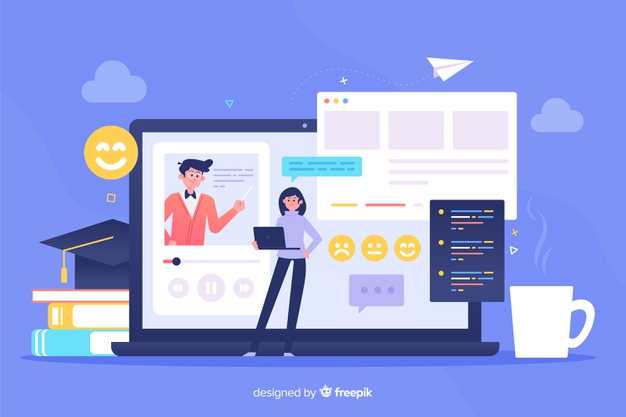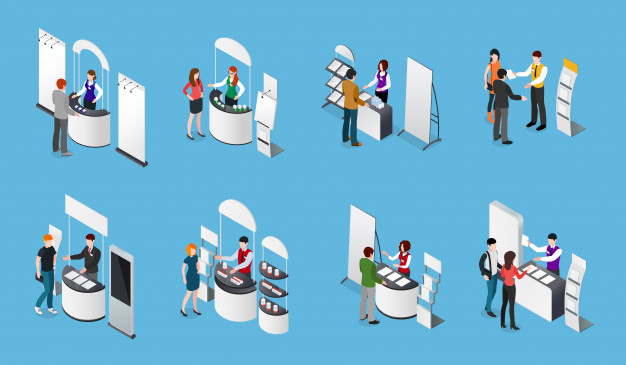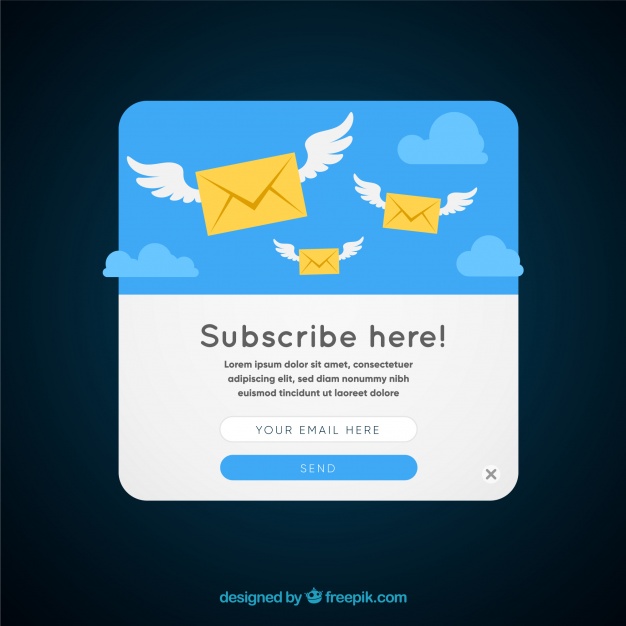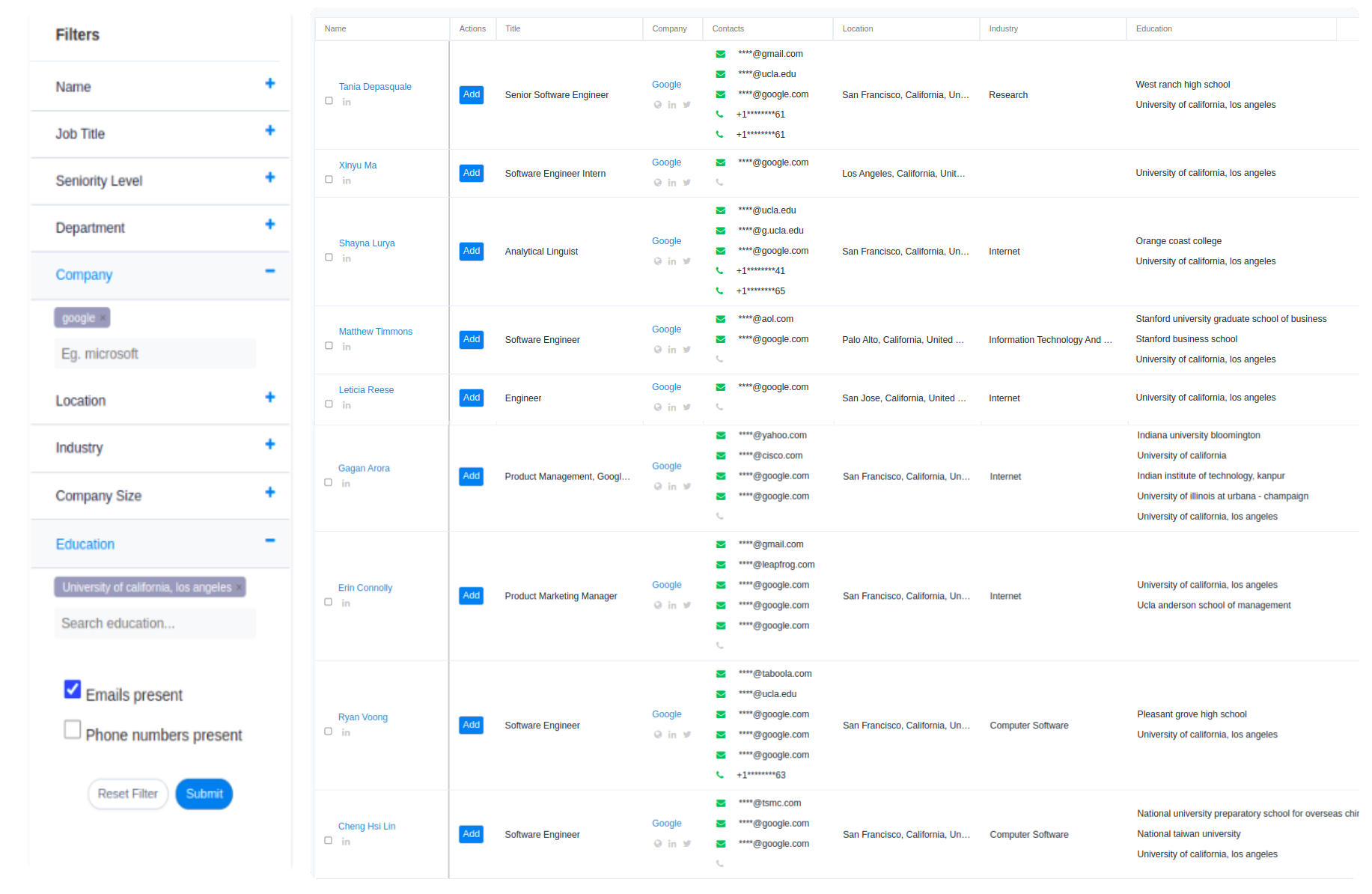Why is differentiating each types of leads into a category that important?
Every type of lead will have to be addressed uniquely depending on their qualification and where they fit into the sales and marketing process. It would not be time well spent if a sales rep approached a seed lead who hadn’t gone through the marketing education process.
Different Types of Leads In Business
First, remember that all these titles below apply to people, not companies. People do business with people, so a lead is a person, not a company.
Let’s go through all kinds of leads.
1. Hot Lead
Sizzling and sumptuous to your eyes? Well, yeah, it is a type of Lead!
This type of qualified lead meets all the required criteria, which are usually set. So how do you know if it’s a hot lead? Simple: Apply the BANT lead qualifying system.
B is for Budget: The prospect has set or prepared a budget and is just ready for disposal at anytime a project proposal is approved by the management.
A for Authority: The contact person you speak to could be the Person In charge, or the Recommender. He should have the final word to say “yes” or “no” to the proposal.
N is for Need: Need always tops the set of qualifying questions in a telemarketing script. When a prospect’s need is identified, this signals a brewing lead.
T is for Time frame: The point period from when you spoke with the prospect to the planned or projected period of purchase or implementation of the new product or service.
2. Warm Lead
This qualified lead misses 1 or 2 criteria. But what makes it bagged on the qualifying scale is that a need was identified, and the other 1 or 2 qualified criteria should be able to support the first. In most cases, the disqualifiers would either be Budget or Time frame.
But don’t get easily discouraged. These leads are not wasted. They can still be nurtured, and you might be surprised that in due time they’ll contact you again.
3. Cold Lead
So, who likes a bowl of cold soup? Obviously no one!
A qualified cold lead has 2 or 3 dis-qualifiers, and the remaining qualifier would be supported by the prospect’s agreement to take a look at or compare setups between their current system and yours. This is the kind of lead which, most of the time, is set to be kept in view, and further nurturing is needed. Business success is not achieved overnight. It takes time, effort, tools, skills and strategies to be able to reach your target results.
4. Information Qualified Lead (IQL)
When a lead first converts, they often provide their contact information in return for useful information, also known as a top-of-the-funnel offer. Examples include an e-book, whitepaper, or tip sheet.
The buyer is usually just beginning to research the solution to a problem. They usually don’t know your company and how you can help. At this stage, the lead is an information-qualified lead.
Using a marketing automation platform, the IQL is directed to a thank you page with a link to download the offer and receives a follow-up email with the same download link. A few days later, the lead receives another email with additional information related to what they downloaded. A few more such emails ensue, similarly spaced out over time. The IQL is also invited to learn more about how your company can help solve the problem related to what they have downloaded.
Examples of enticements toward the next stage include free webinars, case studies, free samples, product spec sheets, and catalogues.
Many IQLs will take the initial information they need but not move on to the next stage. You can certainly keep in touch with them with email newsletters and new content offers, but based on their actions alone, the IQL can be considered a cold lead and a lower priority for sales follow-up.
5. Marketing Qualified Leads (MQL)
This type of lead is simply a fancier way to describe what we call a lead above. It’s marketing-qualified because marketing triggered them to become a lead. They attended a webinar, downloaded an e-book, subscribed to your blog or watched one of your videos. No matter what the activity, marketing got them to take action, making them a marketing-qualified lead.
Let’s say that IQL becomes interested in how you might be able to solve the problem for which they have been researching a solution. They then download the information about your company’s product or service. Well, Congratulations as you now have a Marketing Qualified Lead. The lead is now warm.
As when they were an IQL, your marketing automation triggers a new workflow that generates a thank you page, a thank you email, and other follow-up emails with information about their problem and how you might be able to help.
With each of those contacts, you guide the MQL to the next stage of the journey, the Decision Stage.
To help an MQL advance to the decision stage, you could offer free trials, demos, free consultations, estimates/quotes, or coupons.
6. Sales Ready/Accepted Leads (SRL)
Any bottom-of-the-funnel leads, types of leads or any people who request to speak with you or your sales team or a representative of your company (it could be a dealer or value-added re-seller) are considered a sales-qualified lead. This means the prospect has requested a conversation with someone who can help them continue their buyer journey.
This might be an often misinterpreted label, as sales haven’t qualified anything yet. However, the prospect is ready for sales, and sales get a chance to weigh in on the actual quality of the lead in the next step.
7. Sales Qualified Leads (SQL)
If the MQL raises their hand and moves to the decision stage, you now have a Sales Qualified Lead.
If a lead is sales-qualified, a salesperson has initially talked with this person. The conversation was deep enough to have identified that this is an actual opportunity. It might not be an immediate opportunity but there is potential. This potential would consider them qualified. This usually means you’ll have access to power, but they have real pain, and the fit for what you do is what they need. This makes them qualified.
Also, studies have shown that the faster sales follow-up with an SQL, the higher the closing rate. Basically, the responsiveness sends a powerful message about your company’s customer focus and attention to detail.
8. Member Service Request Leads (MSR)
The MSR is consumer-generated leads from new members just joining the subscription service.
The company would allow its consumers to begin working with an agent in their area immediately.
Although these leads may contain less information than other leads that you may receive, they are a great opportunity to begin working with a new client in your area.
Hence, the various types of leads will be there in the B2B sales sector.
So, the next time you have a conversation containing certain words for different leads, you will be able to differentiate and do what is necessary accordingly.
Other Recommended articles from AeroLeads:
Top ZoomInfo alternatives for B2B prospecting in 2023
Best Lusha Alternative – AeroLeads Email Finder And Verifier
Top Hunter.io email finder Alternatives in 2023
Best RocketReach Alternatives in 2023
Try AeroLeads for Free! Signup Today itself.
For any queries feel free to contact us at hello@aeroleads.com or chat with our support team from our homepage.










Pingback: How to Track Sales Leads ? - AeroLeads
Pingback: How to generate leads via Facebook - AeroLeads